Healthy relationships (friendships, family members, romantic) require a balance of intimacy and autonomy to thrive. Over time, this balance will ebb and flow. You might think back to when you first met your roommate, your current or past romantic partner, your best friend and remember how your relationship moved (or didn’t move) through the stages below. This tool is designed to help you assess the connection/disconnection in your relationships and evaluate what you need moving forward from the relationship. Being aware of what your needs are for connection/disconnection might help you communicate more effectively with the other person. This tool may help you realize your relationship may be at a point where you are renegotiating intimacy and autonomy (for example, whether to continue a romantic relationship from high school now that you are in college, whether to start or maintain a long-distance relationship, how much contact and support you seek from your family now that you’re in college, whether to continue to be or begin being roommates, and/or whether to break up or not). This tool is not designed to tell you what is right or wrong, good or bad in a relationship but to help you think about and explore how you function in relation to another in terms of connection/disconnection and what feels best to you for each specific relationship.
Think of a significant relationship in your life now or recently (a friend, roommate, parent, romantic partner, etc.).
How much time do you spend with the other person? How easy is it to express and pursue your own interests, activities, and opinions? How easy is it to share personal needs and concerns? How easy is it to disagree? How available and dependable is the other person? How acceptable is it to have time for yourself or other friendships? How authentic are you in the relationship? How much respect for privacy is there too? How much affection and appreciation is expressed?
Which of the six Venn diagrams below best characterizes this relationship?
What are the advantages/disadvantages or benefits/costs of the diagram you selected?

Did the relationship go through different stages (and therefore different diagrams) over time?
Think about how satisfied you are with the diagram you selected and what it represents about your needs for closeness and autonomy in this relationship. Is this what you need and want out of this relationship?
